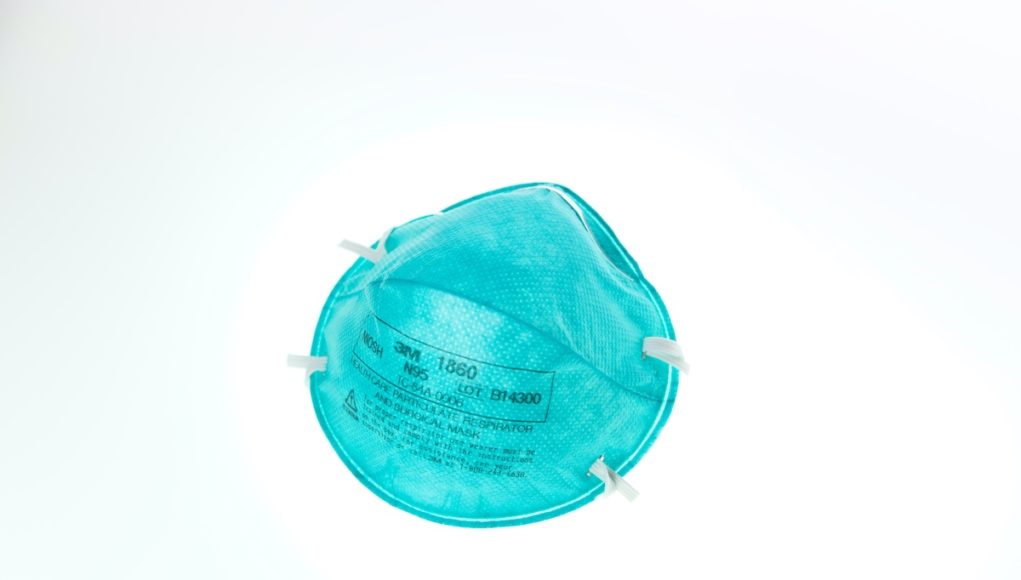The question many SLP’s are asking in the era of COVID-19 is, “Are we essential staff?” There is no easy answer to this question. My gut reaction is to say, “Of course we are essential!” but I am a bit biased so I’ll try to be as thoughtful and objective as possible. As healthcare workers, the state will provide us clearance if stopped on the road during a lockdown, but whether or not we should be entering the rooms of patients with COVID-19 is ultimately up to how our patients are being managed within our facilities. So then it becomes less a question of “Are we essential?” and more a question of “Is going into this room essential?”
What are the risks?
As SLP’s we are at an increased risk of receiving and spreading COVID-19 given the elicitation of coughing by providing PO trials and our close proximity to the patient’s airways (World Health Organization, 2020). Further, the PPE needed to protect ourselves and our patients is in desperate, short supply (Swift, 2020). Thus, it is important that we implement new policies and procedures that will keep ourselves, our coworkers, and our patients safe during a time when extreme caution is needed. The following is a detailed three step screening process that will determine if going into the patient’s room is indeed essential.
Do a chart review
If you are not already in the habit of doing a detailed chart review then start now. Take a look at the H&P, progress notes, CXR, lab work, current diet, prior speech notes, and any other information you might find useful in order to get a full clinical picture of the patient’s status and risk factors. Calling the family can be helpful if you cannot find any baseline information in the chart.
Speak to the interdisciplinary team
Talk to the nurse, the doctors, and any other team members to find out if it is appropriate to see the patient at this time. I often receive consults for patients who are either completely functional or completely unconscious. Could you imagine using vital and scarce PPE for a patient that wasn’t even waking up for you? That’s why it is enormously important to communicate with the team in order to get the full clinical picture before we even go near the room.
Consider a nursing water screen
The nurses are already going into the patient’s room to give medication and take vitals. Most are hyper aware that we want to eliminate unnecessary use of PPE and minimize the risk of spreading the infection. In light of this, I have found the nurses extraordinarily helpful in providing the first PO trials for the patient and detailing their tolerance at bedside. If a patient passes the water screen or is tolerating a baseline diet then we should question what additional value a swallow evaluation might provide at this time.
Benefits vs Costs
Do your due diligence to determine if the potential benefits of your evaluation outweigh the potential costs of entering a patient’s room. Is the SLP an essential team member? When a patient is recently extubated, without AMN, at risk for malnutrition, and presenting with dysphagia then yes, of course we are essential staff and this is an essential evaluation. The medical team consulted you for a reason; they need your expertise in order to make the correct clinical decision. However, this is not the time to be the hero so everybody can see how important you are. We can bring a lot of value to the medical team from outside the room too if needed. An extraordinary situation requires extraordinary measures. With a simple and straightforward plan in place, we are much more likely to address the needs of the patient in a way that is effective and safe for everybody involved.
LINKS OF INTEREST
The author would like to mention a charity: Frontline Responders Fund: getting supplies (masks, gowns, gloves and other critical supplies) to protect medical professionals in hospitals across the world. For more information and to contribute to this fund, please visit the GoFundME Page Here: https://www.gofundme.com/f/frontlinerespondersfund
Please follow George Barnes on Instagram @dysphagiadude
Something positive to come about in the era of COVID-19 is that it has made a closely knit SLP community even closer. Thank you to all of my colleagues and friends in this great field for collaborating with me on these issues. “Alone we can do so little. Together we can do so much” – Helen Keller.
If you would like to collaborate with your SLP community consider joining Dysphagia Dialogues, a free discussion group about difficult and complex topics such as this one. Visit: https://www.feesibleswallowsolutions.com/
References
World Health Organization: Modes of transmission of virus causing COVID-19: implications for IPC precaution recommendations. (2020, March 29). Retrieved April 1, 2020, from https://www.who.int/news-room/commentaries/detail/modes-of-transmission-of-virus-causing-covid-19-implications-for-ipc-precaution-recommendations
Swift , D. (2020, March 29). Survey Shows Just How Dire PPE Shortages Are at Many Hospitals. Retrieved March 31, 2020, from https://www.medscape.com/viewarticle/927728





